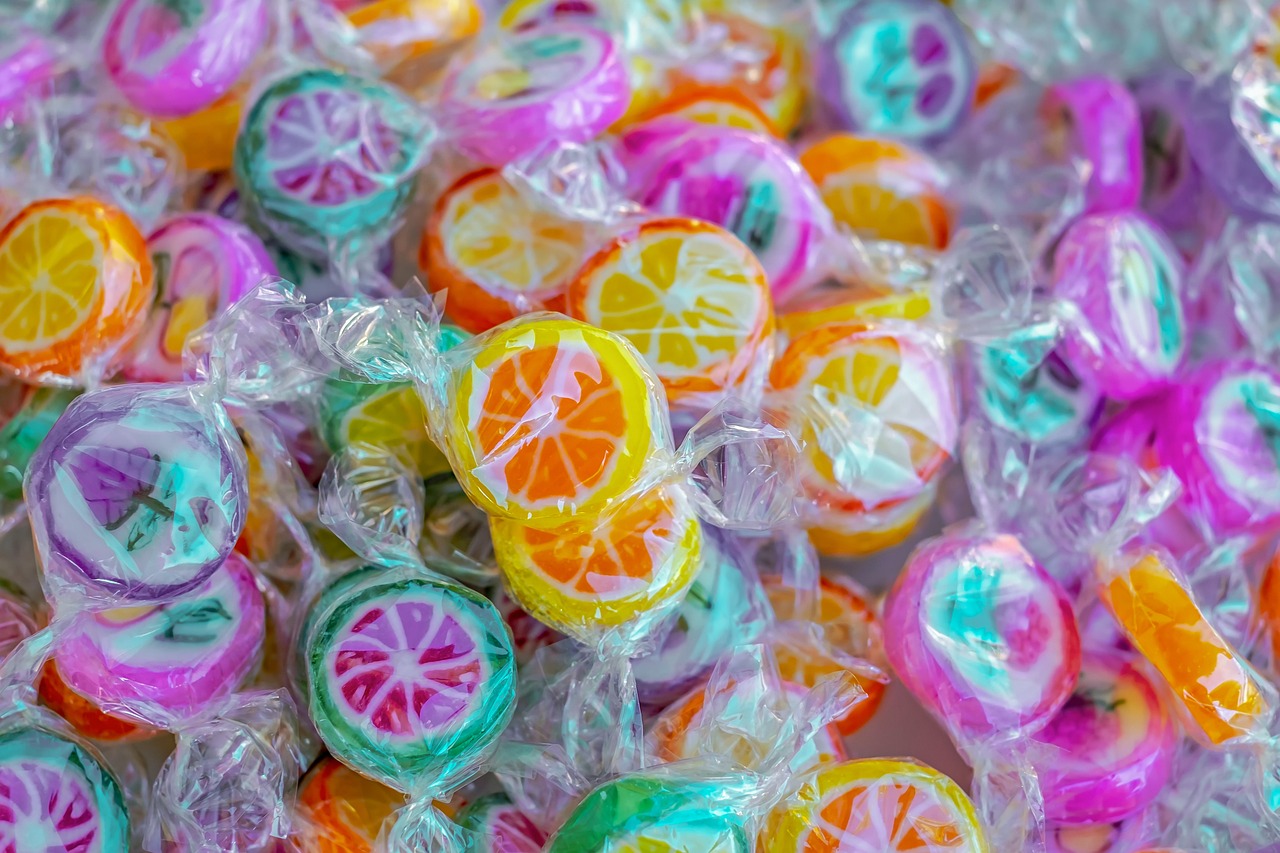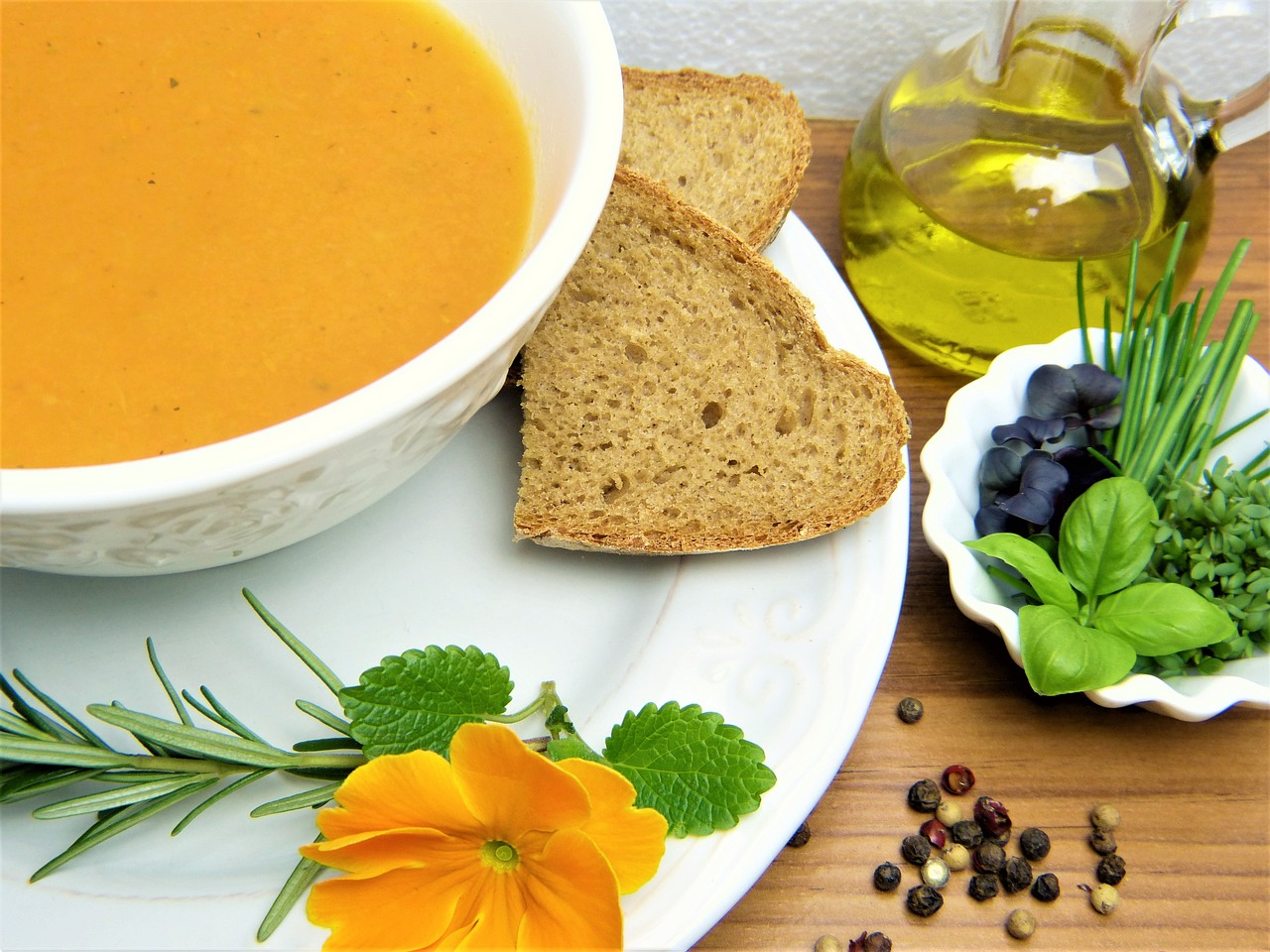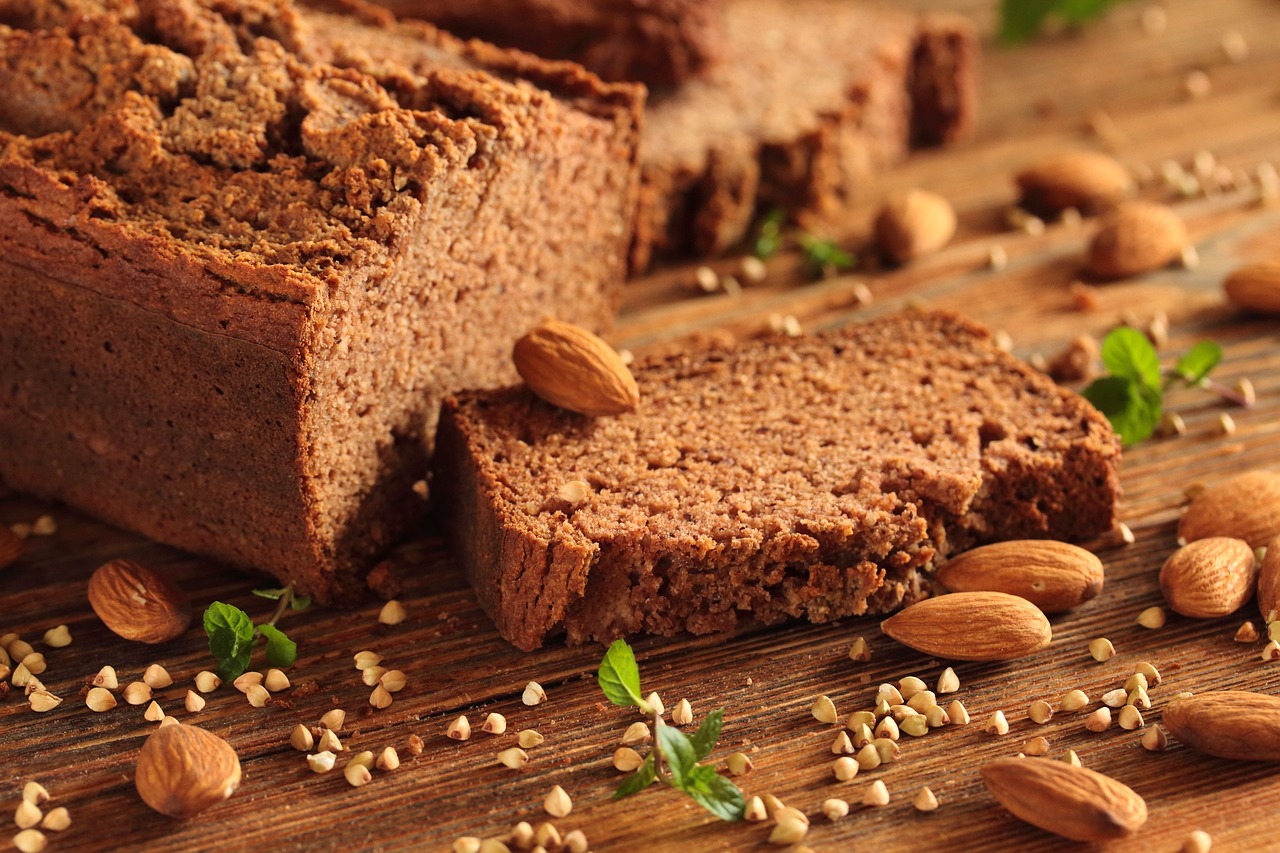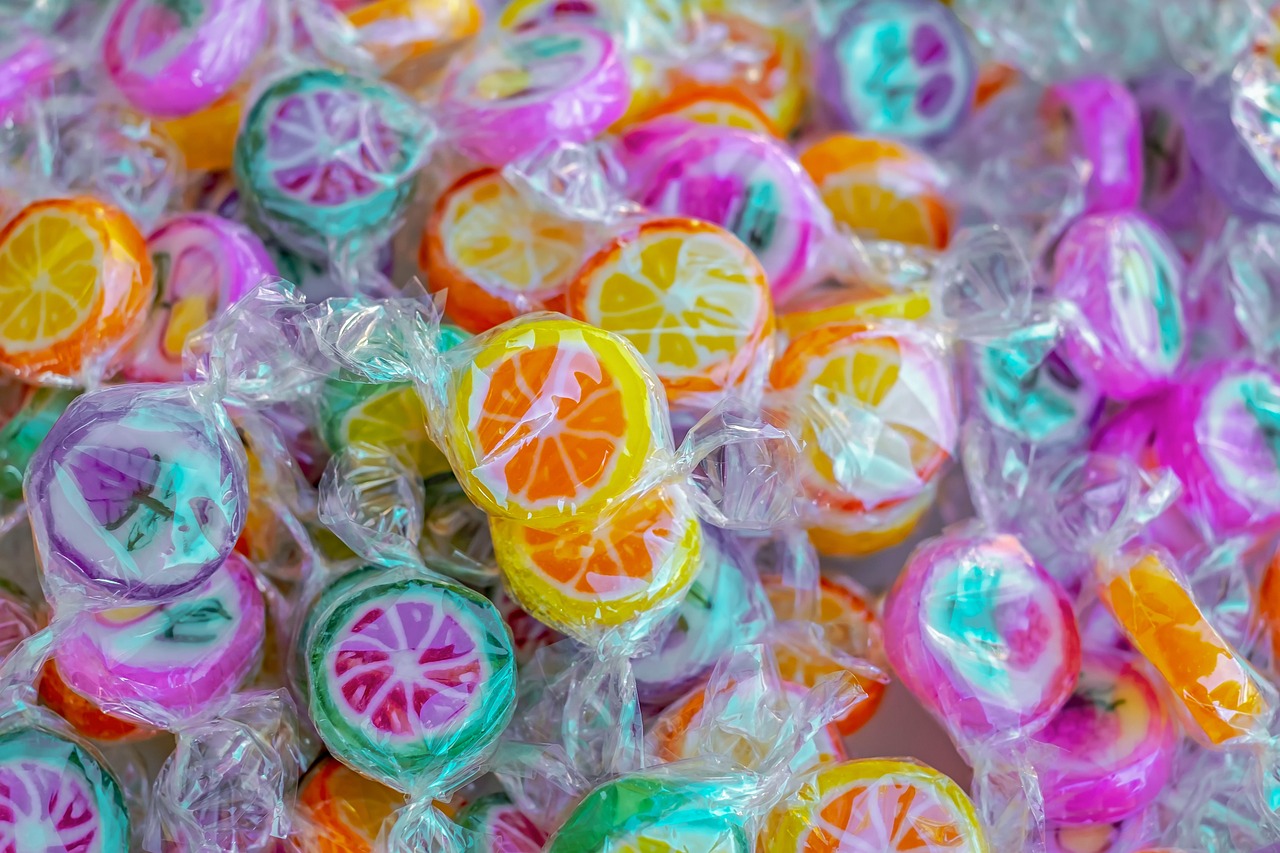Immerse yourself in the world of gluten-free baking as Tastepan brings you “The Art of Gluten-Free Baking: Tips and Techniques”. Are you ready to embark on a culinary adventure where you can prioritize your well-being without compromising flavor? With our collection of nutritious and delicious recipes, you’ll discover the secrets to creating mouthwatering gluten-free treats. Whether you’re a seasoned baker or just starting out, let our expert advice and dietary tips guide you towards a world of wholesome meal ideas. Get ready to nourish your body with delectable delights in the most satisfying way possible.

The Basics of Gluten-Free Baking
Understanding Gluten
When it comes to gluten-free baking, it’s important to first understand what gluten is. Gluten is a protein found in wheat, barley, and rye, which gives baked goods their structure and elasticity. Unfortunately, for those with gluten sensitivities or celiac disease, consuming gluten can lead to digestive issues and other health problems. That’s why it’s important to learn how to bake without gluten.
Choosing Gluten-Free Flours
One of the key elements in gluten-free baking is choosing the right flours. While wheat flour is off-limits, there are many other gluten-free flours available. Some popular options include almond flour, coconut flour, rice flour, and tapioca flour. Each flour has its own unique properties, so it’s essential to understand how they behave in recipes and how to properly measure them.
Ingredients to Avoid
When baking gluten-free, it’s also important to be aware of ingredients that may contain hidden sources of gluten. This includes common additives like maltodextrin, modified food starch, and certain flavors. It’s always a good idea to carefully read the labels of any packaged ingredients you use to ensure they are gluten-free.
Understanding Gluten-Free Binders
Gluten serves as a binder in traditional baking, helping to hold ingredients together. In gluten-free baking, alternative binders are necessary to achieve similar results. Xanthan gum and guar gum are two common binders that can be added to gluten-free recipes. These binders help give structure and stability to baked goods, preventing them from becoming crumbly.
Substituting Ingredients for Gluten-Free Baking
Using Gluten-Free Flours
When it comes to substituting ingredients in gluten-free baking, using gluten-free flours is essential. As mentioned earlier, there are various gluten-free flours available that can be used as substitutes for wheat flour. It’s important to note that gluten-free flours often have different textures and absorbency levels, so it’s necessary to adjust recipes accordingly.
Egg Replacements
In some cases, eggs may need to be replaced in gluten-free recipes to accommodate dietary restrictions or allergies. There are several options for egg replacements, such as flaxseed meal or chia seeds mixed with water, applesauce, mashed banana, or commercial egg replacers. These alternatives help provide moisture, binding, and structure similar to eggs.
Substituting Dairy Products
For those who are lactose intolerant or following a dairy-free diet, it’s important to find suitable substitutes for dairy products in gluten-free baking. Unsweetened almond milk, coconut milk, or soy milk can often be used as replacements for regular milk. Coconut oil or dairy-free margarine can be used instead of butter.
Sugar Alternatives
If you’re looking to reduce your sugar intake or have specific dietary needs, there are several sugar alternatives that can be used in gluten-free baking. These may include natural sweeteners like honey, maple syrup, or agave nectar. Sugar substitutes such as stevia or erythritol can also be used. It’s important to note that the sweetness and texture may vary when using these alternatives, so adjustments to the recipe may be necessary.

Understanding Leavening Agents in Gluten-Free Baking
Baking Powder vs. Baking Soda
Leavening agents are crucial for achieving the desired rise in baked goods. Baking powder and baking soda are two common leavening agents used in baking. Baking powder is a combination of baking soda, cream of tartar, and a starch such as cornstarch. It is typically used in recipes that require a lighter texture, such as cakes and cookies. Baking soda, on the other hand, requires an acidic ingredient like vinegar or lemon juice to activate its leavening properties. It is often used in recipes that contain acidic ingredients like buttermilk or yogurt.
Using Yeast in Gluten-Free Breads
When it comes to gluten-free bread baking, yeast plays a crucial role in achieving a light and fluffy texture. However, gluten-free bread dough can be more challenging to work with compared to traditional bread dough. It’s important to use a gluten-free yeast and follow specific instructions for proofing the dough. Additionally, adding a small amount of sugar can help activate the yeast and improve the rise of the bread.
Alternatives to Traditional Leavening Agents
In some cases, individuals may prefer to avoid using traditional leavening agents like baking powder or yeast. Fortunately, there are alternative methods to achieve a similar rise in gluten-free baking. Whipped egg whites can be used to add air and lift to recipes. Carbonated water or club soda can also help create a lighter texture. It may require some experimentation to find the method that works best for your specific recipe.
Improving Texture and Consistency in Gluten-Free Baking
Using Xanthan Gum or Guar Gum
Xanthan gum and guar gum are commonly used in gluten-free baking to improve texture and consistency. These binders help prevent crumbling and provide structure to gluten-free baked goods. It’s important to use these gums in moderation, as using too much can result in a gummy texture.
Adding Moisture and Binding
One common challenge in gluten-free baking is achieving a moist and tender texture. To combat dryness, it can be helpful to add ingredients that provide moisture, such as applesauce, yogurt, or grated zucchini. Additionally, using alternative binders like flaxseed meal or chia seeds can help improve the binding properties of gluten-free batters.
Baking at the Right Temperature
Proper baking temperature is crucial for achieving the desired texture in gluten-free baked goods. Baking at too high of a temperature can result in a dry and crumbly texture, while baking at too low of a temperature may cause the baked goods to be dense and undercooked. It’s important to follow the recommended baking temperature provided in gluten-free recipes.
Mixing Techniques for Gluten-Free Batters
When mixing gluten-free batters, it’s important to avoid overmixing. Overmixing can lead to a tough and rubbery texture in the final product. It’s recommended to mix the ingredients just until they are combined and no streaks of flour remain. Gentle folding techniques can also be used to prevent excessive gluten formation.

Enhancing Flavor in Gluten-Free Baked Goods
Exploring Different Spices and Extracts
One way to enhance the flavor of gluten-free baked goods is to experiment with different spices and extracts. Cinnamon, nutmeg, ginger, and cardamom are popular options for adding warmth and depth to recipes. Vanilla extract, almond extract, or citrus extracts can also contribute to a more flavorful finished product.
Using Fruits and Nuts for Flavor
Incorporating fruits and nuts into gluten-free baked goods can add natural sweetness and interesting textures. Fresh or dried fruits, such as berries, apples, or dates, can be folded into batters or used as toppings. Nuts like almonds, walnuts, or pecans can provide crunch and flavor to recipes.
Incorporating Chocolate and Cocoa Powders
Who doesn’t love the rich taste of chocolate in their baked goods? Using high-quality cocoa powders or melted chocolate can add a decadent touch to gluten-free treats. Chocolate chips or chunks can also be used to add pockets of gooey goodness.
Creating Custom Flavor Combinations
The beauty of baking is the ability to get creative and experiment with different flavor combinations. Don’t be afraid to mix and match flavors to find your own unique creations. From spicy chai-infused cakes to tropical coconut-pineapple muffins, the possibilities are endless.
Troubleshooting Common Issues in Gluten-Free Baking
Dry or Crumbly Results
Dry or crumbly results are a common issue in gluten-free baking. This may be due to using too much gluten-free flour, not enough moisture, or improper mixing techniques. To combat dryness, try adding more moisture-rich ingredients like applesauce or yogurt. Additionally, reducing the amount of gluten-free flour and replacing it with alternative binders can help improve the texture.
Sinking in the Middle
A cake or bread sinking in the middle can be frustrating. This can happen when there is too much leavening agent in the recipe or when the baked goods are not fully cooked in the center. To prevent sinking, carefully measure leavening agents and follow the recommended baking time and temperature. It’s also important to let the baked goods cool completely before removing them from the pan.
Gummy or Dense Texture
A gummy or dense texture can occur when there is an imbalance of moisture or too much binding agent in the recipe. To achieve a lighter texture, ensure that the ratio of wet to dry ingredients is well-balanced. Adding more liquid or adjusting the amount of binders used can help improve the texture. Proper mixing techniques, as mentioned earlier, are also crucial to prevent excessive gluten formation.
Lack of Rise in Breads
Gluten-free breads can be a bit trickier to achieve a good rise compared to traditional breads. This can be due to a variety of factors, such as improper proofing, insufficient yeast activation, or using too much or too little liquid in the dough. It’s important to follow specific instructions for proofing gluten-free bread dough and to use a gluten-free yeast. Adding a small amount of sugar to activate the yeast can also improve the rise.
Tips for Successful Gluten-Free Bread Baking
Understanding Different Gluten-Free Bread Recipes
Gluten-free bread recipes can vary greatly, depending on the desired texture and flavor. It’s important to understand the differences between recipes and choose one that aligns with your preferences. Some recipes may call for a combination of gluten-free flours, while others may rely on a single type of flour. Pay attention to the instructions and proportions provided in the recipe to achieve the best results.
Kneading and Shaping Gluten-Free Dough
Kneading gluten-free dough is different from kneading traditional wheat dough. Gluten-free dough is typically stickier and doesn’t require as much kneading. It’s important to lightly dust the work surface and your hands with gluten-free flour to prevent sticking. Use gentle folding and pressing motions to help develop structure in the dough.
Proofing and Baking Gluten-Free Bread
Proofing gluten-free bread dough involves allowing it to rise before baking. This step is crucial for achieving a light and airy texture. It’s important to follow the specific instructions provided in the recipe for proofing times and temperatures. Gluten-free bread dough may require a shorter proofing time compared to traditional bread dough.
Storing and Freezing Gluten-Free Bread
Proper storage is key to maintaining the freshness and texture of gluten-free bread. It’s best to store gluten-free bread in an airtight container or bag at room temperature for a day or two. For longer storage, you can slice the bread and freeze it in individual portions. To thaw, simply microwave or toast the frozen slices.
Exploring Sweet and Savory Gluten-Free Baked Goods
Classic Gluten-Free Cookies and Brownies
Who can resist a warm, gooey chocolate chip cookie or a fudgy brownie? With gluten-free baking, you can still enjoy these classic treats. There are numerous recipes available for gluten-free cookies and brownies, using a variety of gluten-free flours and binders. Get creative with mix-ins like nuts, dried fruit, or even marshmallows for an extra special touch.
Satisfying Gluten-Free Pies and Tarts
Pie crusts can often be a challenge in gluten-free baking, but fear not! There are pre-made gluten-free pie crusts available, or you can make your own using a combination of gluten-free flours, binders, and a bit of patience. Fill your gluten-free crusts with delicious fruit fillings, creamy custards, or rich chocolate ganache for a satisfying dessert.
Decadent Gluten-Free Cakes and Cupcakes
Gluten-free cakes and cupcakes can be as moist, fluffy, and flavorful as their gluten-filled counterparts. With the right flours, binders, and flavorings, you can create a wide variety of gluten-free cake recipes. From classic vanilla to decadent chocolate, there’s a gluten-free cake recipe for every occasion.
Savory Gluten-Free Bread and Rolls
Gluten-free bread and rolls can be enjoyed not only for sweet treats but also for savory dishes. From sandwich bread to dinner rolls, there are various recipes available for gluten-free bread that pairs perfectly with soups, stews, and any meal that calls for a bread accompaniment. Get creative with herbs, spices, and cheeses to add savory flavors to your gluten-free bread creations.
Creative Decoration and Presentation of Gluten-Free Baked Goods
Decorating Gluten-Free Cakes and Cupcakes
Just because your baked goods are gluten-free doesn’t mean they can’t be beautifully decorated. Decorate your gluten-free cakes and cupcakes with buttercream frosting, fondant, or whipped cream, just like you would with traditional baked goods. Use food coloring, edible decorations, and piping techniques to create stunning designs that will impress your family and friends.
Piping Techniques for Gluten-Free Frosting
Piping can take your gluten-free desserts to the next level. Whether you’re creating decorative borders, intricate patterns, or writing personalized messages, piping techniques can add an elegant touch to your gluten-free frostings. Practice with different piping tips and experiment with various frosting consistencies to achieve the desired results.
Garnishing Gluten-Free Pies and Tarts
Garnishing your gluten-free pies and tarts can elevate their appearance and make them even more enticing. Consider adding a lattice crust to your fruit pies, or sprinkle chopped nuts or cocoa powder on top for a finishing touch. For custard pies or tarts, a dollop of whipped cream or a dusting of powdered sugar can provide a simple yet elegant presentation.
Creative Plating of Savory Gluten-Free Baked Goods
Savory gluten-free baked goods deserve to be presented with style, too. Take a moment to consider how you plate and garnish your savory gluten-free bread and rolls. A sprinkle of fresh herbs, a drizzle of olive oil, or a sprinkle of sea salt can add visual appeal and enhance the overall dining experience.
Conclusion
Mastering the art of gluten-free baking takes time, practice, and a willingness to experiment. With the tips and techniques provided, you can confidently venture into the world of gluten-free baking and create delicious treats that everyone can enjoy. Remember to embrace the process, share your creations with others, and above all, savor the joy that comes from gluten-free baking.

